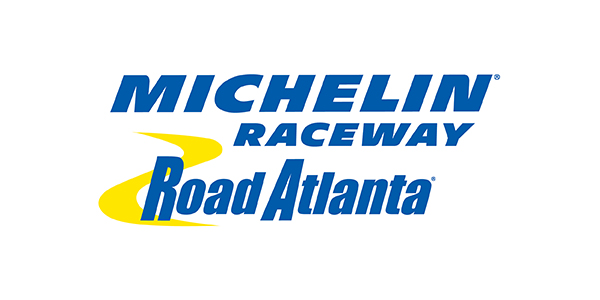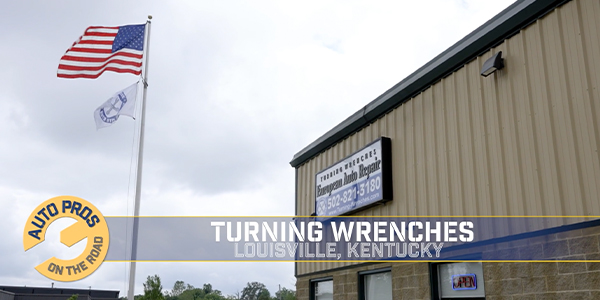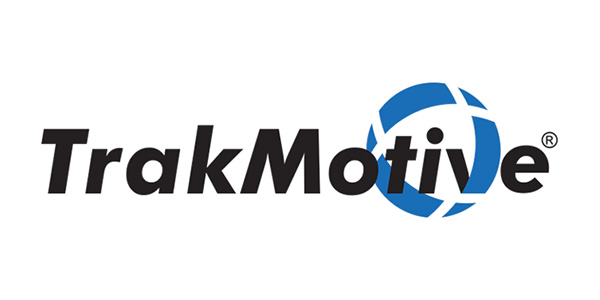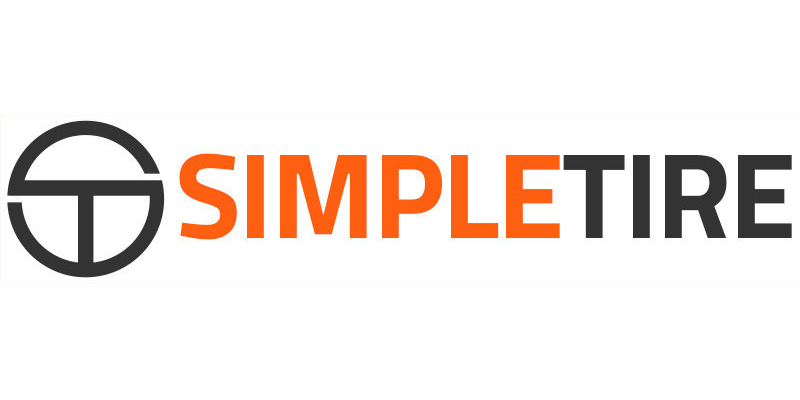Fine particles enter the hydraulic system because of mechanical stress on the steering components. Consequently, it is recommended that you flush the entire hydraulic system when replacing the power steering pump.
A few vehicle manufacturers have installed a drain bolt in the area of the steering gear. The disadvantage is that it is not possible to drain all the hydraulic fluid here. A residual quantity always remains in the system.
Procedure:
1. Raise the vehicle’s front wheels off the ground (follow manufacturer’s lifting points and safety guidelines). Raising the wheels will allow for lower resistance (in steps 9 and 12) when turning the wheels back and forth while flushing the system. It will also prevent the hydraulic fluid from foaming.
2. Remove the power steering reservoir cap.
3. Remove the return line on the reservoir, making sure to collect all the fluid being drained out. Dispose of old fluid properly.
4. Disconnect the feed line from the reservoir and remove the reservoir from the vehicle.
5. With the reservoir removed, clean the inside with a suitable cleaner (brake cleaner is recommended). If the vehicle is equipped with an in-line filter, clean or replace the filter.
6. Reinstall the reservoir and attach the fluid feed line, but do not attach the return line. With a suitable plug, plug off the location on the reservoir where the return line should be connected.
7. Fill the reservoir with the correct fluid, allowing the fluid level to stabilize. Once the fluid has stabilized, start the vehicle.
8. With the engine running, collect the fluid that will be flowing out of the return line.
9. Keeping the engine running, turn the wheel back and forth from stop to stop. Do this approximately ten to twelve times, until the fluid runs clean. Very important: Always make sure to keep the reservoir full. Do not allow the reservoir to run dry as this will damage the pump and create air in the system.
10. Once the system is flushed, turn off the engine. Remove the plug on the reservoir and reconnect the return line. (Collect the fluid that will run out of the reservoir when the plug is removed and dispose of properly).
11. Top off the reservoir with additional, clean fluid and allow fluid level to stabilize.
12. Once complete, start the engine and turn the wheel stop to stop twenty times to bleed air from the system. While the system is being bled, make sure the fluid level does not go below the fill line.
13. Lower the vehicle, verify the fluid is at the correct operating level and then reinstall the power steering reservoir cap.
14. Check for any leaks and test drive to verify proper operation.
It is essential to comply with the vehicle manufacturer’s installation instructions and only to use the hydraulic fluids approved for the vehicle. The specification is found in the owner’s manual for the vehicle. In addition, hydraulic fluid may not enter the soil. Disposal must take place via the supplier of the materials or a special refuse collection point.
Auto Care Association CEO Urges Trump to Keep U.S.-Mexico Border Open for Trade
The Auto Care Association is urging President Donald Trump’s administration to keep the border between the U.S. and Mexico open with the majority of imported auto parts coming from Mexico.
The Auto Care Association is urging President Donald Trump's Administration to keep the border between the United States and Mexico open for business.
Bill Hanvey, president and CEO of the Auto Care Association, said between the U.S. and Mexico, millions of dollars of auto parts are shipped back and forth daily.
Gallery: GT Radial Maxtour LX Launch & Plant Visit
This week, Giti Tire USA hosted a launch event to debut its new touring tire under the GT Radial brand, the Maxtour LX. Related Articles – Smart Walls Help Bays Stay Organized – Yokohama Rubber: Sales Up, Earnings Down in 2018 – Smithers Rapra Opens New Product Testing Lab In Suzhou, China During a ride-and-drive
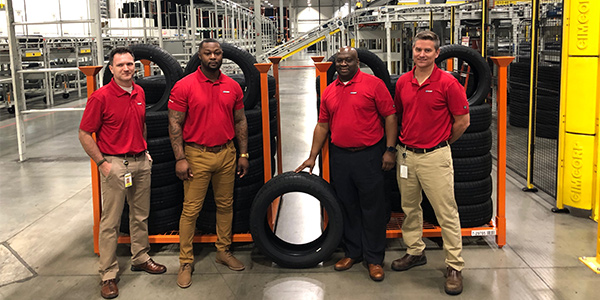
Smart Walls Help Bays Stay Organized
JohnDow Industries Smart Walls are designed as a better option for the storage of popular service parts, making them easy to access, easy to find and easy to organize.

Yokohama Rubber: Sales Up, Earnings Down in 2018
The Yokohama Rubber Co., Ltd., announced its business and financial results for fiscal year 2018.
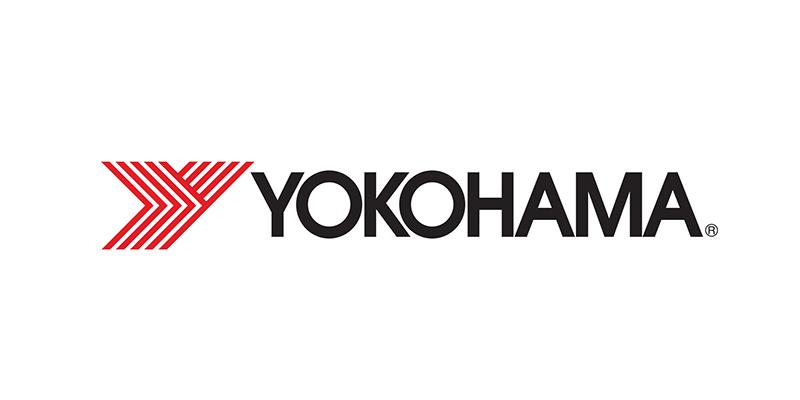
Smithers Rapra Opens New Product Testing Lab In Suzhou, China
Smithers Rapra is opening a new product-testing lab in Suzhou, China, which will provide air leak and burst, cleanliness, material properties, salt spray, and pressure, vibration and temperature (PVT) testing.
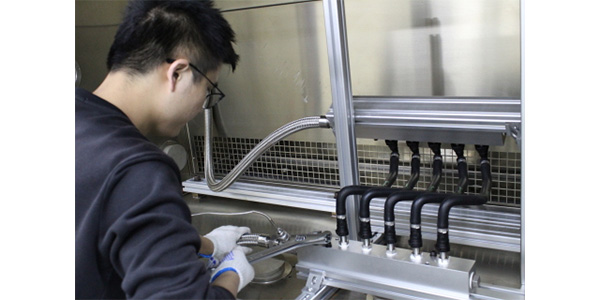
Other Posts
Andreoli Software Integrates With AMI
Andreoli Software, a point-of-sale software provider to the independent retail and wholesale tire industry, has released an integration with AutoMed5, or AMI.

Explaining Types of TPMS Sensors in Terms of Music
With multiple types of TPMS sensors, deciding which one is right for your business starts with a good understanding of each.

Continental Tire Announces Price Increases for U.S. Market
Continental Tire the Americas will increase prices in the U.S. market on Continental and General brand passenger and light truck tires, effective Jan. 7, 2019.
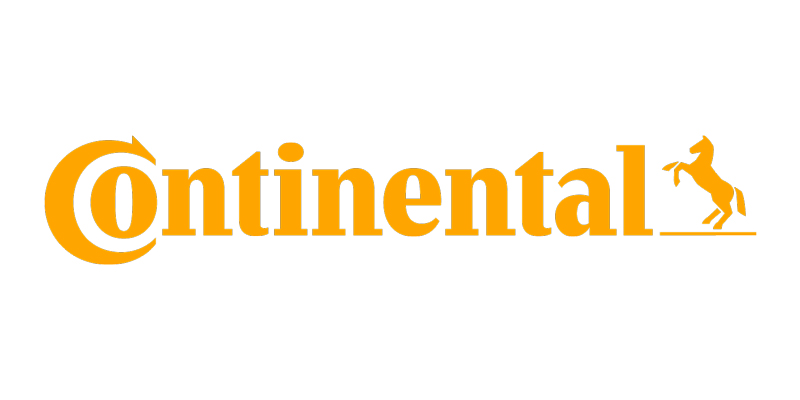
Michelin Acquires 2019 Naming Rights to Road Atlanta Racetrack
Michelin North America has announced an agreement with Road Atlanta for exclusive naming rights of the racetrack. Beginning in 2019, the track will be renamed Michelin Raceway Road Atlanta.
